The Bat Size Guide: A Full Guide on Picking The Perfect Baseball or Softball Bat
Head on over to your local sporting goods store or an online e-tailer to check out the selection of baseball bats and you will find selecting one is surprisingly challenging. The days of having a couple bats to choose from at your local baseball or sporting goods store are long over. The increase in the number of bat-makers combined with the rise of online shopping has led to a litany of bat options.
If you are feeling overwhelmed by the sheer number of baseball bat choices, don’t fret. Our baseball bat experts created a full comprehensive guide to help you find the perfectly sized bat for you or the baseball player in your family.
The Anatomy of a Baseball Bat
Let's start by first understanding the anatomy of a baseball bat. It is important to understand the different parts of a baseball bat so you can follow along in this article and not get confused about the terminology.

Choosing the Right Bat Based on Player's Height and Weight
The bat size that is optimal for your or your baseball-loving youngster will depend on several factors, including the player’s height and weight. Let's begin with using a few tips and tricks to help you find the right bat length.
Picking the Right Bat Size Based on Player's Body Size
To kick off the process of sizing a baseball bat correctly, extend your arm horizontally, ensuring it's parallel to the ground. Measure from the center of your chest to the tips of your outstretched fingertips. This measurement provides the starting point for determining the appropriate length of a baseball bat.

This particular strategy can be particularly useful when it comes to determining the right sizes for youth baseball bats for younger players, considering that they are likely at various stages of growth. While holding the knob of the bat at the center of the palm while standing, the tip of the bat should simply touch the ground.

One more technique for gauging the size of a baseball bat entails centering the bat's handle at your chest. Extend the bat forward, and if your arm can reach the barrel, then the bat is the right length.

Picking the Right Drop (Weight) for Your Baseball Bat
Take hold of the bat's handle and extend your arm away from your side. If you are unable to maintain the extended position with the bat for 30 seconds, it could be an indication that the bat is too heavy for you.




Players with a height of 4'1" to 4'4" who weigh under 60 pounds will find a 29-inch bat is just right. A 29-inch bat is also suitable for players under 60 pounds who stand between 4'5" and 4'8". Even those in this height range who weigh between 61 pounds and 90 pounds will find a 29-inch bat is perfect. However, a 30-inch bat is optimal for players between these heigh parameters who weigh between 91 pounds and 150 pounds. Those standing between 4'5" and 4'8 who weigh 151 to 170 pounds are best-served with a 31-inch bat.
Baseball players between 4'5” and 4'8" in height who weigh between 61 pounds and 140 pounds are likely to perform their best at the plate with a 30-inch bat. Those with a height of 4'5" to 4'8" who weigh 141+ pounds will find a bat with a 31-inch length is optimal.
Players standing 4'9" to 5' who weigh between 61 pounds and 90 pounds will find a bat with a length of 30 inches is ideal. However, a 31-inch bat will likely be the right size for those in this height range who weigh between 91 pounds and 160 pounds. Those weighing 161 to 180 pounds in the 4'9" to 5' height range should pick up a 32-inch bat.
The Right Bat Size for Players Standing 5-Feet Tall or Taller
Players who stand 5'1" to 5'4" in height and weigh between 71 pounds and 120 pounds are encouraged to buy a bat with a 31-inch length. Players in this height range weighing between 121 pounds and 180 pounds should swing a 32-inch bat. However, a 33-inch bat is ideal for players between these heights who weigh more than 180 pounds.
Players who stand 5'5" to 5'8" in height and weigh 91 to 100 pounds will benefit from a 31-inch bat. Those between 5'1" and 5'8" in height who weigh between 101 and 140 pounds will need a bat that is 32 inches in length. A bat of 33 inches is ideal for those in this height range who weigh between 141 pounds and 180+ pounds. A 33-inch bat is also perfect for players between 5'9" and 6' who weigh 121 to 160 pounds. Those in either of these height ranges who weigh more than 160 pounds will find a 34 inch bat has just the right length.
Bat Size in Relation to Age
We talked about height and weight, but does age play a role in picking the right size bat? It definitely does! Though, the recommendations for bat size by age are to be followed more loosely than those recommended by height and weight, the age factor should be considered when selecting the right size baseball or softball bat.
In general, those playing baseball when under the age of seven should use a bat that has a length of 24 inches to 26 inches. Those between the ages of eight and nine can step on up to a baseball bat with a length of 26 inches to 29 inches. Baseball players between the ages of 10 and 11 are encouraged to use a bat with a length of 28 inches to 30 inches. Players between age 12 and 13 will be best served with a bat that has a length of 29 inches to 32 inches.


High school and college baseball players will need a lengthier bat than those playing little league baseball. Baseball players between the ages of 14 and 15 are advised to select a bat with a length of 31 inches to 33 inches. Players between the ages of 16 and 18 will find using a bat between 32 inches in length and 34 inches in length is optimal. Finally, those age 18 and older are considered adults, so it is sensible to add even more bat length, even though it will likely weigh more. The best bat length for baseball players 18 and over is 32 inches to 34 inches.
Softball Bat Size Guide - Picking the Right Size Softball Bat Based on Player Height, Weight and Age
Fastpitch softball players under the age of seven are encouraged to buy a fastpitch softball bat between 24 inches and 26 inches in length. Fastpitch softball players between the ages of eight and nine will find a bat with a length of 26 inches to 29 inches is just right.
If your youngster is between the ages of 10 and 11 and playing fastpitch softball, a bat with a length of 28 inches to 31 inches is perfect. The ideal bat length for fastpitch softball players between ages 12 and 13 is 29 inches to 33 inches. Those playing fastpitch softball at age 14 and over are encouraged to use a bat with a length of 31 inches to 34 inches.
Be sure to check out our best fastpitch softball pitching machines for this season.


League Requirements/ Certifications of Bats by Player Age
Now that you know the ideal bat size for your height, weight and age, it is time to shift your attention to the nuanced requirements of your specific league. Each baseball league has distinct requirements and certifications for bats as dictated by player age. In general, little league baseball players are required to use a bat that is USA Baseball certified. Such bats were designed to strike baseballs as occurs with wooden bats.
USA Baseball certified bats have barrel sizes between 2 and 5/8 inches and 2 and ¼ inches. Such baseball bats are pre-approved by a wide range of youth baseball leagues including the likes of:
- Little League Baseball
- Dixie Youth Baseball
- Cal Ripken League
- Babe Ruth and more
USAA bats, short for United States Specialty Sports Association, are ideal for players between the ages 14 and younger. Also known as Senior League bats, these bats have a barrel size between 2 and ¼ inches and 2 and ¾ inches.
BBCOR, an acronym for Batted Ball Coefficient of Restitution, is widely considered to be the standard for adult bats. BBCOR is the organization responsible for regulating the amount of energy lost when the bat barrel contacts the baseball. BBCOR regulations are that much more strict than other forms of certification, requiring that every bat have a -3 drop weight along with a 2 and 5/8 inch barrel. Every high school and college player is required to use a baseball bat that is BBCOR-certified.
Baseball Bat Construction and Material

Baseball bats of the composite variety are not much different than those made with carbon fiber. Composite bats provide manufacturers with superior control over how weight is distributed throughout the bat. Composite bats can be end-loaded in which the barrel’s end holds comparably more weight. Composite bats can also be made with an evenly distributed weight.
Composite bats have a comparably large sweet spot, meaning they can be broken in with a mere 100-150 ball strikes. However, it must be noted bats of the composite variety should not be used in the cool spring and fall days when the temperature dips down below 60 degrees Fahrenheit. The low temperatures sometimes cause composite bats to crack.
Alloy bats have been on the market for years. Sometimes referred to as aluminum bats, bats made of alloy are not as expensive as those of the composite variety. Nor do these bats need time to be broken in. Alloy bats have the potential to be damaged yet they typically suffer from indentations rather than cracks.
Hybrid bats are a mixture of alloy and composite. Such bats have a composite handle and a barrel made of alloy, bringing the best of both together for a truly elite bat. Composite is revered for its comparably light weight. Alloy is sometimes favored for its durability.
Finally, wooden bats are also available. Though wooden bats do not provide the same power or durability as alloy bats, they are that much more visually pleasing and prepare players for a potential transition to the big leagues where wooden bats are mandatory. Birch, maple and ash are the most popular wooden bats. Check out our article on the top 10 best wood bats to see our favorite picks for this season.
Baseball Bat Cost and Durability
As noted above, alloy, composite and hybrid bats are that much more durable than wooden bats. Composite bats are comparably expensive, typically running $200 or more as they have a massive sweet spot and generate a distinct sound at the point of contact.
Alloy bats typically cost between $50 and $300. Alloy is often favored as it provides considerable pop at the plate and stands the test of time. Wooden bats made of birch, maple or ash tend to cost $200 on up yet they are not as durable as other bats simply because wood is that much more likely to break when making contact with a baseball pitched at a high rate of speed.
One Piece Bats Vs. Two Piece Bats
Two piece bats consist of two parts in the handle and barrel that are adjoined together to increase flexibility and reduce vibration. One piece bats are comparably stiff yet have better balance than two piece bats. If the impact of the vibration resulting from contact with the baseball is not a primary concern, a one piece bat is certainly worth considering.
Keeping in Mind Player's Age and League Requirements
Selecting the right baseball bat size begins with understanding the player's age and the league requirements they will be playing in. Different leagues have specific regulations regarding the length and weight of bats that players can use. These rules are in place to ensure fairness and safety in the game.
For example, youth baseball leagues typically have restrictions on bat sizes to prevent younger players from using heavy or oversized bats that could hinder their performance and potentially pose safety risks. High school and college leagues often follow BBCOR standards, which dictate bat performance limitations.
Conclusion
Whether you're looking for a portable pitching mound for sale a 9 square pitching net, or a baseball bat, we got you covered. Be sure to read through the rest of our blog to find useful content to help you make the right buying decision. And as always, if you have any questions email us at support@anytimebaseballsupply.com or call us at (888) 466-009.

 Contact Us
Contact Us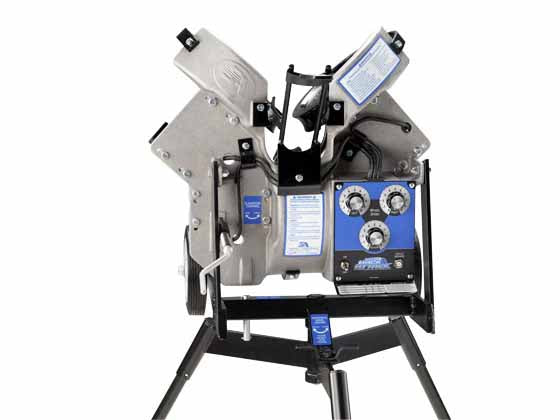
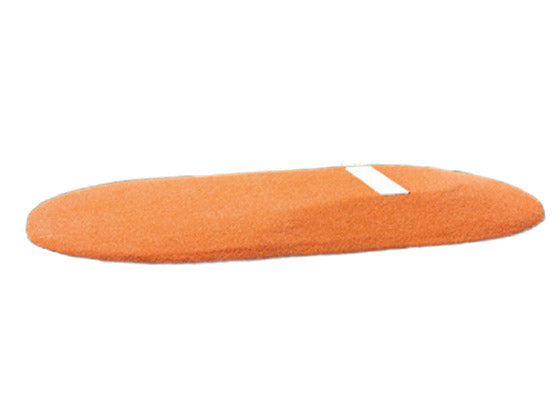
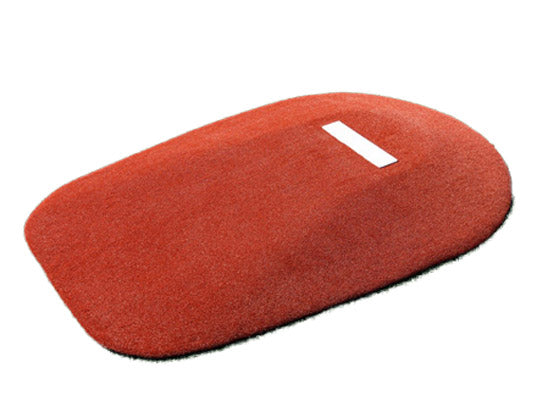
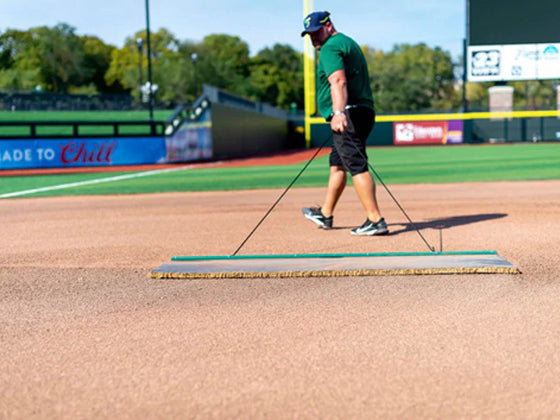

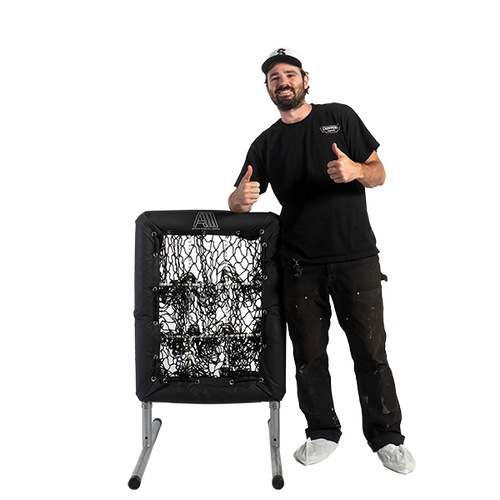
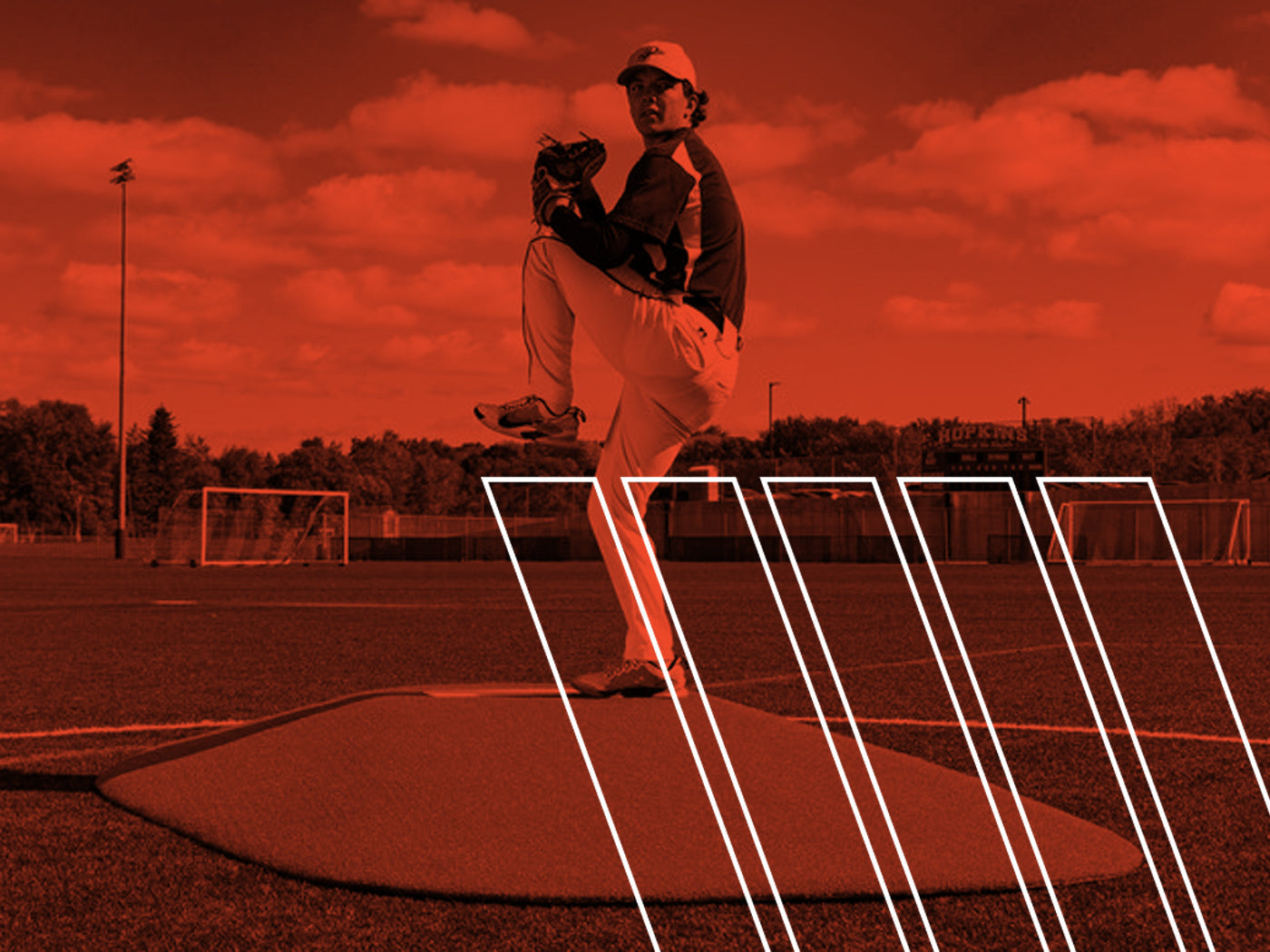
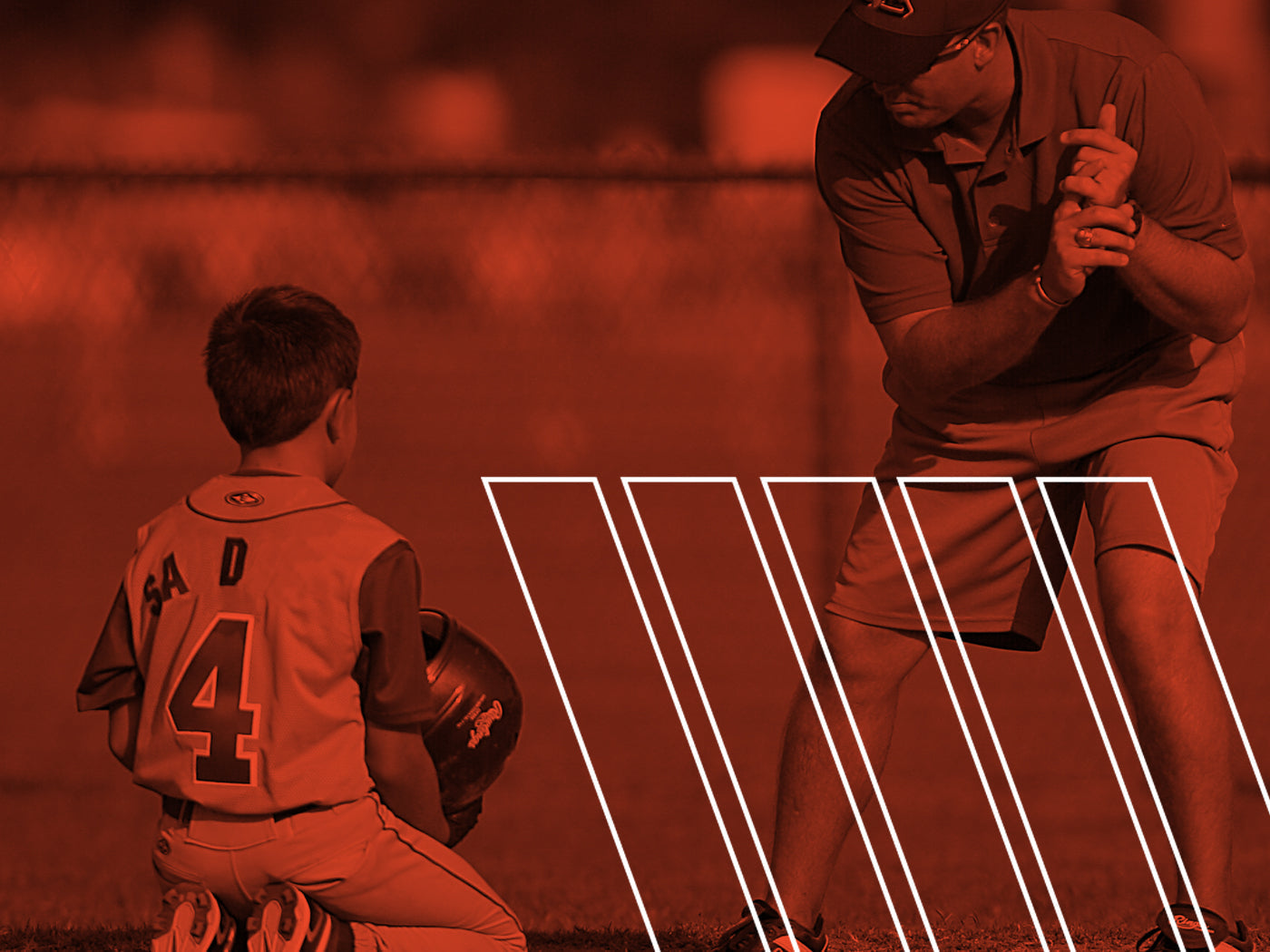
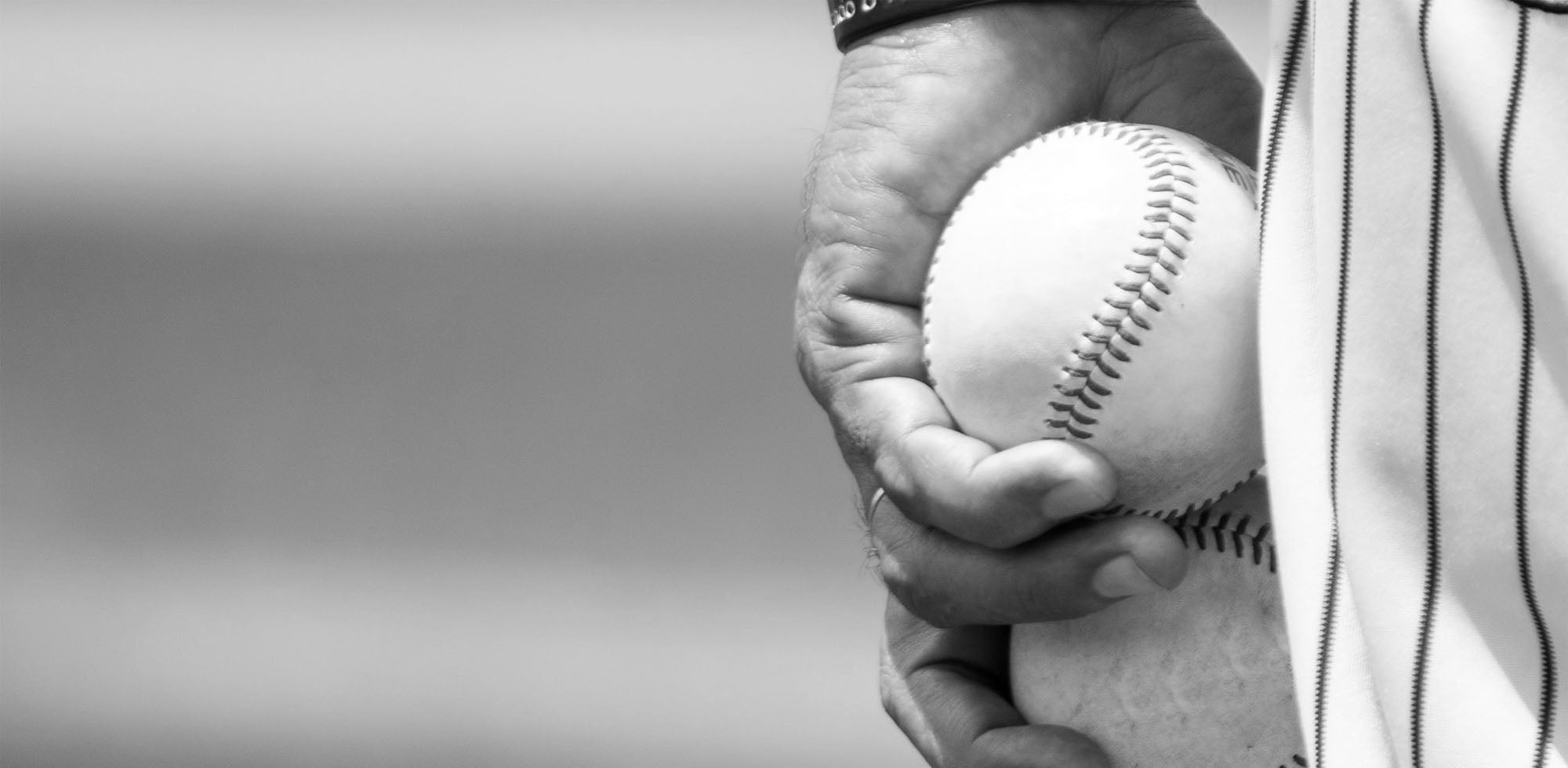
1 comment
Aaron Eucker
Hi my name is Aaron eucker and I have been doing special Olympics since 98 and I am try to find a good softball bat i am 32 and I am 5”7 120
Hi my name is Aaron eucker and I have been doing special Olympics since 98 and I am try to find a good softball bat i am 32 and I am 5”7 120